Gold trading in Africa is an incredibly lucrative business, but it can also be fraught with risks, particularly when it comes to identifying real gold. For beginners entering the market, understanding how to differentiate genuine gold from counterfeit gold is essential. This guide will help you navigate the complexities of gold authenticity, ensuring that you avoid costly mistakes and make informed decisions.
1. Understanding the Purity of Gold
Gold comes in different purity levels, which are measured in karats (K). The higher the karat number, the purer the gold. Here’s a quick breakdown:
- 24K Gold: Pure gold, 99.9% purity. It is soft and can be easily shaped, making it ideal for jewelry and investment.
- 22K Gold: 91.6% pure gold, commonly used for jewelry in Africa. It’s slightly harder than 24K but still retains most of gold’s qualities.
- 18K Gold: 75% pure gold, mixed with other metals to enhance durability. It is commonly used in higher-end jewelry.
- 14K Gold: 58.3% pure gold, with a higher proportion of alloyed metals. This type is often used in mass-produced jewelry.
To identify the purity of gold, check for hallmark stamps that indicate the karat level. These stamps are usually found on the gold itself or on certificates of authenticity.
2. Methods of Testing Gold
There are several methods you can use to test gold and ensure its authenticity. Below are some common techniques:
Acid Test
The acid test is one of the most widely used methods to verify gold purity. It involves applying a small drop of nitric acid to the gold. Depending on the reaction, you can determine the purity of the gold:
- If the gold remains unchanged, it’s likely genuine.
- If it discolors or dissolves, it is likely not real gold.
While this is an affordable and accessible test, it can be damaging to the gold if done improperly. Always ensure you are conducting the test in a controlled environment.
Electronic Gold Testers
Electronic gold testers use electrical currents to measure the metal’s resistance and determine its purity. This method is more accurate and non-destructive than the acid test. It works quickly and can be used to test gold of varying karat levels.
Fire Assay
The fire assay is the most accurate method for determining gold purity, often used by professional gold testers. It involves melting the gold at high temperatures and separating the pure gold from other metals. Although this method is highly accurate, it is also expensive and typically used for large quantities of gold.
3. Recognizing Fake Gold
Fake gold can be cleverly disguised, but there are several ways to spot it. Here are some common signs to look out for:
- Weight: Gold is heavy, so a piece of fake gold may feel lighter than expected. Compare the weight of the item to a known piece of real gold.
- Magnet Test: Gold is not magnetic. If a magnet sticks to the item, it’s likely made from other metals like iron or steel, not real gold.
- Color: Genuine gold has a distinct yellow hue. Fake gold might have a more silver-like tone or appear dull and discolored.
- Scratch Test: Gently scratch the surface of the item with a metal object. Real gold will show a distinct, yellowish mark, whereas fake gold may reveal a different color beneath the surface.
4. Use of Reputable Gold Traders and Testers
While performing simple tests can help you identify real gold, working with reputable and experienced gold traders or private gold testers is crucial for verifying authenticity, especially for larger transactions. When choosing a trader or tester, look for the following:
- Certification: Ensure the tester is certified by an official body or industry association.
- Experience: Look for a company or tester with a proven track record in gold testing.
- Transparency: A trustworthy gold tester will provide you with clear, detailed reports on their findings and never pressure you into making quick decisions.
5. Conclusion
Gold trading in Africa can be a rewarding venture, but it requires knowledge and caution. By understanding the different purity levels of gold, using reliable testing methods, recognizing signs of counterfeit gold, and working with certified professionals, you can confidently navigate the gold market. Always remember, if a deal sounds too good to be true, it probably is. Protect yourself from fraud by ensuring that the gold you buy or sell is genuine.
If you’re new to gold trading or need help with testing, it’s always wise to consult with an experienced gold tester. By taking these precautions, you can enjoy the benefits of the gold market with peace of mind.
